What makes a good planche truly exceptional?🤯
Hint: It’s all about mastering the art of mobility! It’s the subtle mastery of mobility that propels ordinary exercises into extraordinary feats.
Imagine effortlessly defying gravity, suspended mid-air, perfectly balanced on your hands. That’s the power of mastering the planche through precision mobility and flexibility.
In this article, we will uncover the 6 best stretches and mobility drills for planche.
✨What is a Planche?
The planche? It’s like the ultimate balancing act meets strength showcase. Imagine a push-up position, but here’s the twist: your legs are suspended mid-air, leaving your arms, hands, and shoulders to handle the whole shebang.
It’s a serious challenge—your body’s dead straight, parallel to the floor, while your arms are out at an angle, elbows fully locked. It’s not just about strength; it’s a symphony of mobility, body control, and coordination all rolled into one jaw-dropping move.
Related articles:
📍 Planche Progressions
📍 From Tuck Planche to Advanced Tuck Planche: Your Step-By-Step Guide
🎯Wrist Mobility: A Foundation for Success
The core of achieving the perfect planche lies within your wrists. These resilient joints serve as the foundation for executing and maintaining this challenging bodyweight maneuver.
Without adequate wrist mobility and preparation, navigating the various progressions towards a full body planche can be a daunting task.
While hip mobility and strength play pivotal roles in intermediate stages, the initial focus on wrist preparation is non-negotiable. Think of your wrists as the launchpad for your planche journey—they need to be primed, warmed up, and flexible enough to handle the demands placed upon them.
In the quest for planche prowess, diving headfirst into wrist mobilization exercises that not only warm up these joints but also ensure they’re geared up for the intricate movements ahead.
Without adequate wrist preparation, progressing towards a full body planche can be both challenging and risky. The key lies in a series of targeted exercises aimed at enhancing wrist flexibility, strength, and endurance.
🔥Exercise 1: Lax Ball on Forearm
For optimal wrist preparation for mastering the planche, there’s one essential technique that takes center stage: myofascial release with the trusty lacrosse ball. This exercise, often overlooked yet immensely beneficial, is a game-changer in priming your wrists for the rigorous demands of planche training.
Apply moderate pressure, and gently roll around the forearms, targeting flexors and extensors. This isn’t about intense pressure; aim for a three or four on the intensity scale.
The result? Increased blood flow, relaxation, and improved range of motion. It’s a vital warm-up ritual, ensuring your wrists are flexible and primed for the challenges of planche training.
This myofascial release isn’t merely a warm-up; it’s a vital ritual that readies your wrists, fostering flexibility and resilience. Your wrists are in for a treat—a rejuvenating massage that sets the stage for planche greatness.
🔥Exercise 2: Wrist Stretches
Preparing your wrists for the demanding journey toward mastering the planche requires targeted stretches. Let’s explore these wrist stretches tailored to enhance flexibility and resilience, laying the foundation for planche success:
1. Quadruped Wrist Activation
Begin in a quadruped position, gradually loading weight onto your wrists. As you lean forward, feel the gentle stress awakening your wrists. Increase the lean for a deeper stretch.
Experiment by moving your hands sideways or in circular motions to prepare your wrists for the varied ranges involved in planche movements.
2. Supinated Wrist Stretch

Supinated Wrist Stretch
Transition to a supinated position, maintaining a flat palm as you gently lean back. Experience the pronounced stretch along your forearm muscles. This stretch readies your forearms for the dynamic demands of planche maneuvers.
3. Embracing Hyperextension
Emphasize wrist hyperextension is a cornerstone of planche readiness. These stretches condition your wrists to comfortably adapt to hyperextension—a crucial factor for executing the planche effortlessly.
By engaging in these purposeful wrist stretches, you’re not just limbering up; you’re conditioning your wrists to confidently tackle the angles and stresses inherent in conquering the planche. Integrate these stretches into your routine to fortify your wrists, empowering them to navigate the challenges as you progress towards mastering the planche.
🔥Exercise 3: Wrist Push-Ups Progressions
Wrist push-ups in different hand positions – palm up, palm down, and wrists turned outwards – serve as essential strengthening routines. These exercises target wrist extensions and flexions, gradually building strength while ensuring a safe range of motion.
1. Neutral Palm Wrist Push-Ups
Commence by positioning your palm upward, creating a closed fist with the thumb wrapped around. Engaging wrist extensions, these push-ups ensure a safe range without overexertion.
2. Palm-Down Wrist Push-Ups
Transitioning to a palm-down stance, lift your palm off the floor using forearm strength. Modulate intensity by adjusting body lean or progressing to a straight-arm plank for added challenge.
3. Sideways Wrist Push-Ups
Challenge yourself with sideways wrist push-ups, targeting wrist strength from a different angle to enhance stability and resilience.
4. Finger Tip Plank Holds
Engage in plank holds or push-ups using your fingertips to strengthen intricate wrist muscles, preparing them for the rigours of planche movements.
These variations serve as a pivotal warm-up, laying the foundation for robust wrist mobility—an absolute necessity for successful planche execution. Listen to your body’s cues, ensuring a stretch without discomfort. With fortified wrists, you’re on track for a resilient and triumphant planche journey.
🎯Hip Mobility: Progression and Preparation
While wrist mobility is foundational, addressing hip mobility is crucial for progressing through the planche variations. Specifically, the halfway-up position and straddle planche demand significant hip flexibility and strength. Here are some mobility exercises for hip mobility:
🔥Exercise 4: Tall Kneel Screen
The tall knee screen serves as a fundamental assessment tool to evaluate your ability to achieve a straight hip angle, a critical aspect in your planche progression. Here’s a breakdown of this screening process:
Start by ensuring a pelvic tilt—an engagement of your lower abs.
This sets the foundation for the assessment. The goal is to create a straight line with your hips in the tall kneel position.
Any difficulty achieving this alignment might indicate tightness in your quads or hip flexors.
Now, observe for any forward lean or pike in your hips. If you notice a slight bend, it could suggest tightness in your quads, potentially impacting your ability to maintain a straight hip angle.
To correct this, focus on squeezing your glutes, aiming for that straight posture. This position is crucial, as it aligns with one of the progressions in your planche training. Imagine shifting 90 degrees, visualizing the halfway-up plant stance—this adjustment lays the groundwork for advancing in your planche journey.
🔥Exercise 5: Quad/Hip Flexor Stretches
The quad/hip flexor stretch is crucial for improving flexibility in these muscle groups, vital for achieving proper form in the planche. Here’s a breakdown of effective stretches targeting your hip flexors and quadriceps:
1. Engaged Lunge
Start by placing one leg forward and pressing both hands on the knee. Ensure a pelvic tilt, engaging your core slightly.
This engagement is crucial as it activates the hip flexors attached to your spine and femur. Lean forward gently, feeling the stretch in your hip flexors. This engagement mirrors the activation required during the planche itself, making it an ideal preparatory stretch.
2. Quad Stretch
While maintaining the pelvic tilt and core engagement, grab the back leg to intensify the quad stretch.
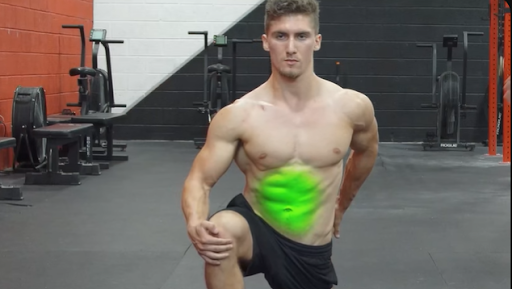
Quad Stretch
Ensure your focus remains forward, engaging your abs and spine. Relaxing these muscles won’t yield an effective stretch, so maintaining the engagement is key to properly targeting these areas for optimal planche preparation.
These stretches, particularly the engaged lunge and quad stretch, specifically target your hip flexors and quads, crucial muscles engaged during planche movements. Incorporating these stretches into your routine can help enhance flexibility and prepare these muscle groups for the demands of planche training.
🔥Exercise 6: Quadruped Hip Openers
Quadruped hip openers are crucial for enhancing lower body mobility and focusing on hip flexibility. These exercises, often performed in a quadruped position, target the hips and lower half of the body.
The initial position involves mimicking a halfway-out position, opening one leg up behind you with a bent knee while opening the hips. The goal here is to create a straight line, examining if tightness in the quads or hip flexors hinders this alignment. By exploring this stance and holding it, you actively engage the muscles and assess restrictions that might limit your range of motion.
Transitioning into a straddle position further challenges mobility. Moving the leg outward to the side demands a higher level of flexibility.
You can gradually bring the leg closer to the shoulder, widening the straddle and holding the leg up, engaging in active flexibility. This isn’t about passive stretching; it requires active effort to lift the leg into these positions.
Exploring these various positions helps identify limitations and areas that might impede achieving the right posture. It’s a combination of stretching the quads and hip flexors while simultaneously strengthening the glutes. Strengthening these muscles is crucial for improved mobility and progression in plant-based exercises.
Here’s a YouTube video demonstrating the 6 best stretches & mobility drills for planche:
🧐Frequently Asked Questions
🔎 Why are stretches important for planche training?
Stretching enhances flexibility in key areas like the shoulders, wrists, and hips, allowing for better body positioning and reduced risk of injury during planche exercises. It also aids in achieving the necessary body alignment for proper form.
🔎 Are mobility drills necessary for mastering the planche?
Yes, mobility drills significantly contribute to planche mastery. Dynamic exercises like scapular push-ups, shoulder dislocates, and active hip mobility drills improve the range of motion and strength required for achieving and holding the planche position.
🔎 How frequently should one incorporate stretches and mobility drills into their planche training routine?
It’s recommended to include stretches and mobility drills in your routine at least 3-4 times a week, ensuring consistent improvement in flexibility and mobility for planche training.
🔎 Can improper stretching or lack of mobility hinder planche progress?
Absolutely. Inadequate flexibility or restricted mobility can limit your ability to achieve the necessary body positioning for a proper planche. It may also lead to increased strain on certain muscles, potentially leading to injuries.
🔎 Should stretches and mobility drills be done before or after planche training?
Both! Incorporating a combination of dynamic stretches and mobility drills before training helps prepare your body for the exercises. Post-training, static stretching aids in cooling down muscles and maintaining flexibility gained during the session.
📌Conclusion: Integrating Mobility into Training
Incorporating these wrist and hip mobility exercises into your regular training routine is paramount for planche success. Remember, diligent preparation and consistent practice are key to mastering this challenging bodyweight skill. By prioritizing wrist readiness and addressing hip flexibility, you pave the way for a safer, more effective planche journey.
As you embark on your planche training, prioritize these mobility exercises. Strengthen those wrists, limber up those hips, and watch your planche prowess soar to new heights!
Remember, your journey to mastering the planche begins with a solid foundation of mobility.
And if you’re eager to dive deeper into mastering the planche and other bodyweight exercises, check out the The Movement Athlete. Take a Free Assessment and get a personalized training plan including recommendations and workouts you can use right away.

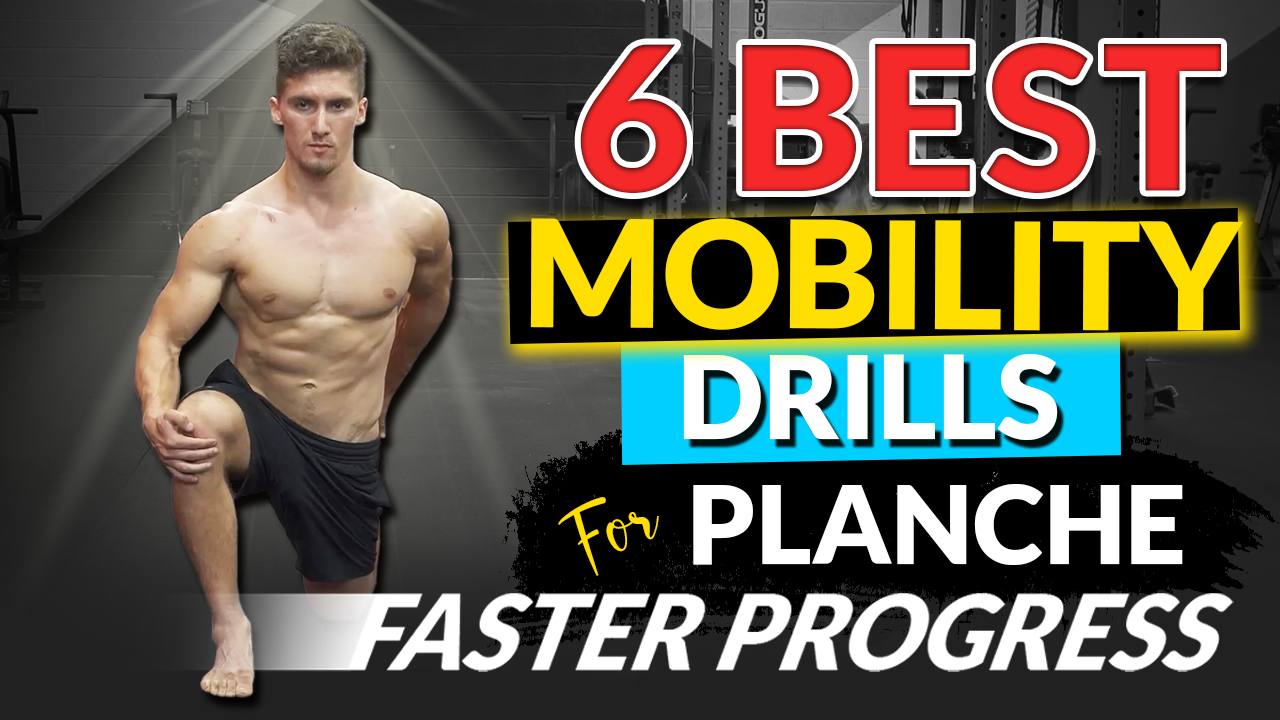
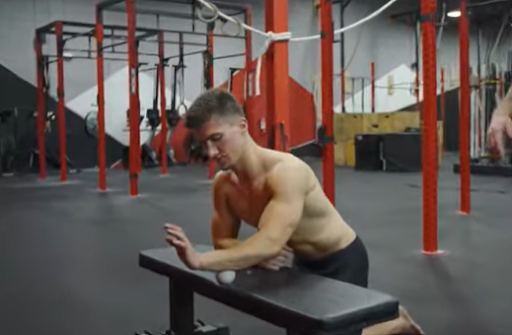

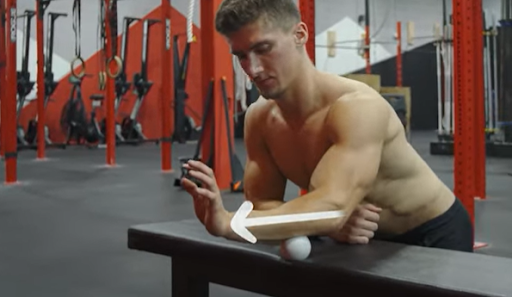
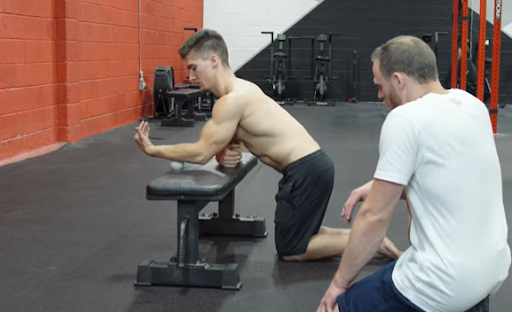
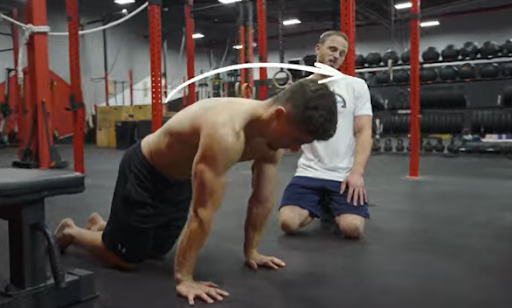

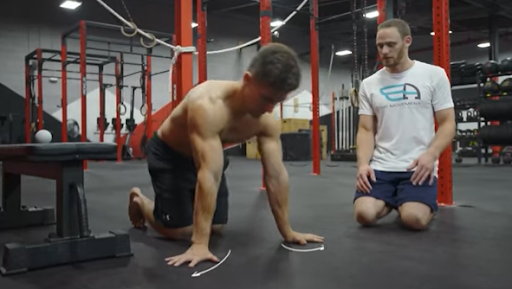

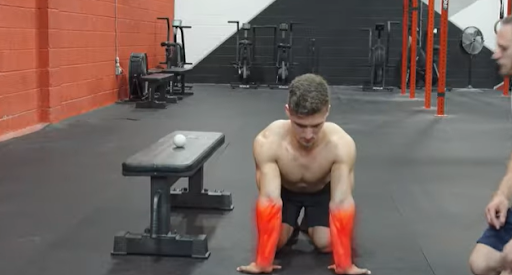
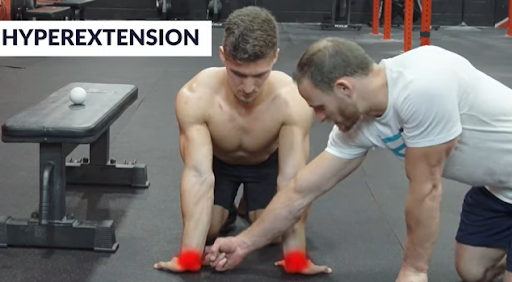

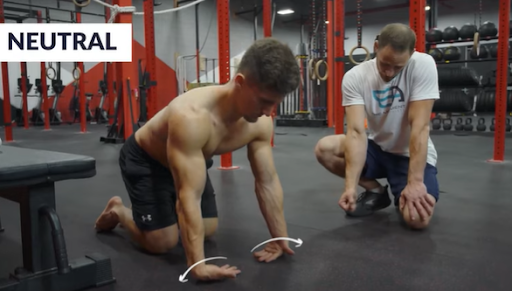
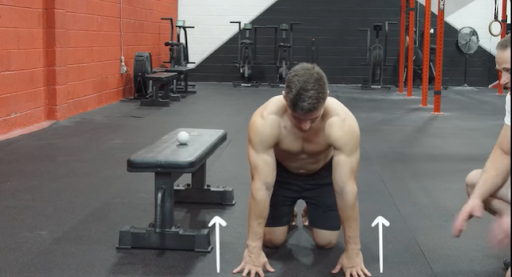

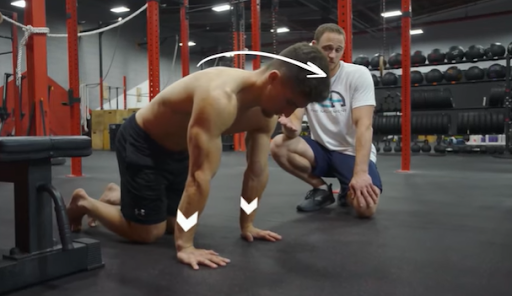
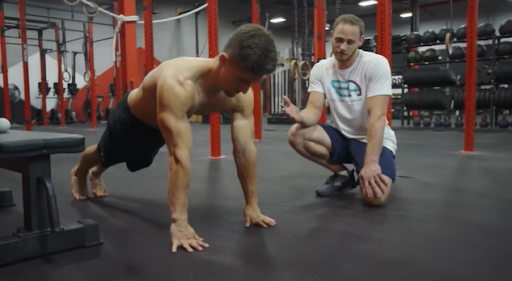
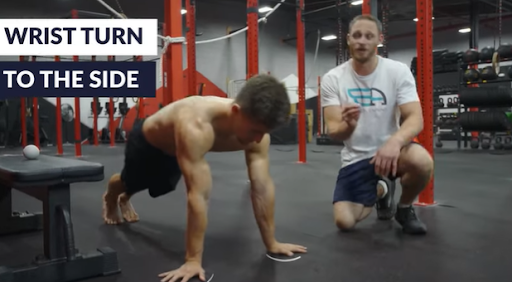
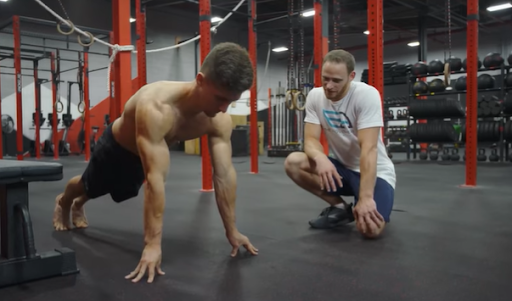
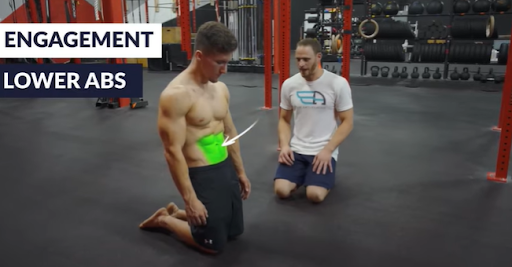
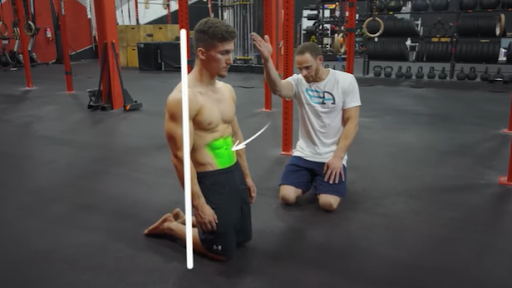
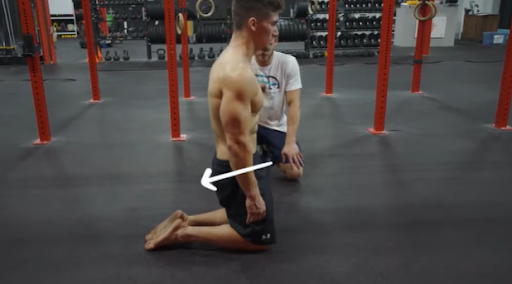

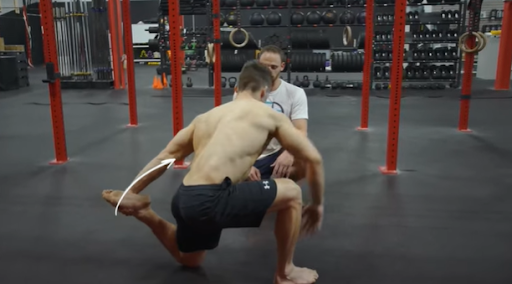
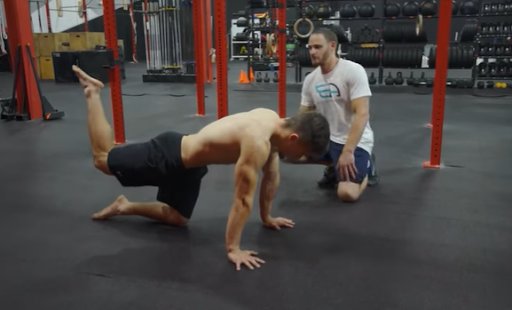



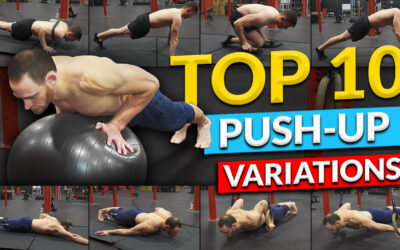
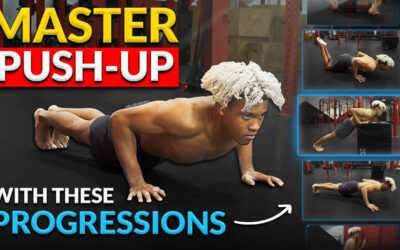

0 Comments